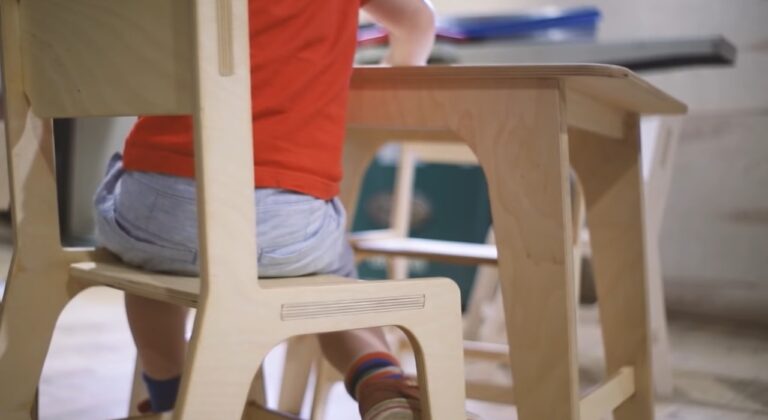Dr. Montessori demonstrated the significant impact of the environment on the speed and quality of children’s development. She was initially struck by the room’s emptiness, where children with developmental challenges were placed.
Urgently, she transformed the space to make it comfortable and engaging for the children. It allowed them to rest when needed, choose their own games and creative activities, and independently use the surrounding items.
Within just a year, not only did the rooms and classrooms change, but the level of skill acquisition and knowledge among the children improved significantly.
Those who received Montessori’s guidance using her methods in a specially designed environment outperformed their peers attending regular schools.
Later on, this approach was tested with various groups of children, and each time, the concept of creating an environment adapted to the children’s age and needs yielded better results.
Today, Montessori nursery furniture is something you can choose for your kids, providing them with a comfortable, inspiring space for play, development, learning, and relaxation.
What Sets Montessori Nursery Furniture Apart?
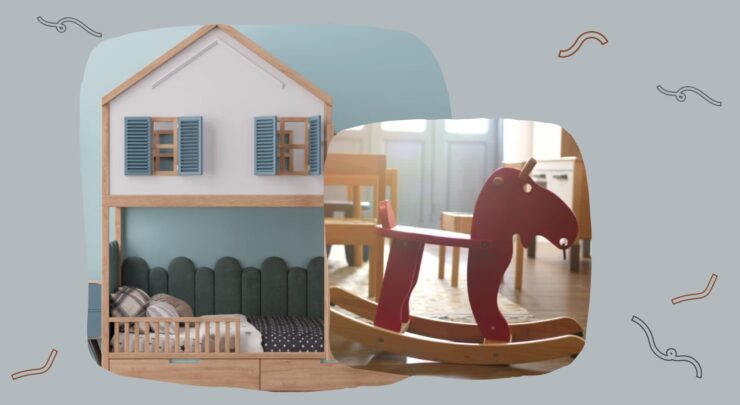
Furniture designed according to Montessori principles differs from traditional furniture in several key ways:
- Montessori furniture is designed at the child’s height, encouraging them to use their beds, cabinets, shelves, and dressers independently. Children can choose their own clothing and neatly organize them on the shelves. They can select their favorite toys and activities, rest when tired, draw, sculpt, or read when inspiration strikes. The environment maximizes toddlers’ and preschoolers’ independence.
- Montessori environments offer a well-organized space for older children and teenagers. This space accommodates physical activity, learning, and comfortable relaxation.
- Sleeping on a floor bed helps children recognize their needs, become more self-reliant, and achieve better-quality, restorative sleep rather than mere rest.
- Most Montessori nursery furniture serves multiple useful functions. For example, the bed’s length can be adjusted and extended as the child grows. Crawling arches can also be used as balance beams or small tables.
- Montessori furniture for kids’ rooms is crafted from natural materials and adheres to strict safety standards. It lacks small components and sharp corners and features smooth design lines.
Investing in quality nursery furniture can provide children with an environment that fosters independence, creativity, and safety. It is an excellent choice for parents looking to give an enriched space for their children’s growth and development.
How Does It Promote Child Development?
The most crucial aspect is that children can grow, explore, and experiment in a safe and comfortable environment. This, along with the ability to independently use everything around them, inspires initiative and self-reliance.
It instills a sense of responsibility for their own space and encourages them to try new things, thus fostering the development of new skills.
This applies to all aspects, including learning, performing useful physical activities, and even everyday tasks like making the bed, arranging toys neatly, tying shoelaces, brushing teeth, maintaining a daily routine, and more.
For Every Corner of The Room
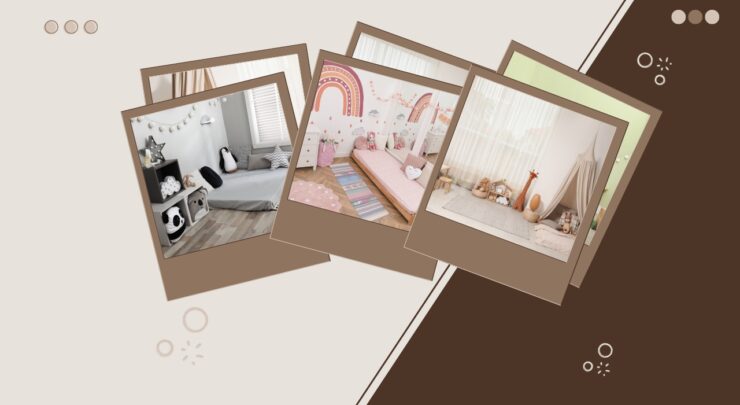
Various types of Montessori furniture allow for creating different functional zones within a child’s room, promoting their development and helping organize the space for various activities. For instance:
- The relaxation area includes a cozy floor bed, bedside tables for essential items that are always within reach, as well as a shelf or ledge with books that can be flipped through before bedtime.
- A comfortable desk and chair, child-height bookshelves, and a work surface at the child’s level can help create a space for learning and creativity.
- Sports and play areas can be set up with Montessori climbing equipment like a Swedish ladder, triangle, or arch, providing physical activity and play opportunities.
- Storage zones may consist of wardrobes or open shelves for clothing and additional shelves for toys and books. These help children learn how to organize their belongings and develop a sense of order.
The key rule is not to overcrowd the room with unnecessary items. Thanks to the functionality and practicality of Montessori furniture for children’s rooms, achieving this balance is straightforward.
At the same time, your child will have an environment conducive to their harmonious development.
A Revolution in Child-Centric Spaces
The principles behind Montessori education extend far beyond pedagogy; they delve into the very spaces where our children grow, live, and learn. If Dr. Montessori were to visit our homes today, she’d advocate for environments that foster independence, creativity, and respect for a child’s unique capabilities.
Montessori furniture, a testament to these principles, focuses not on aesthetics alone but on a purposeful design tailored for children’s holistic development.
Holistic Growth and Self-Discovery
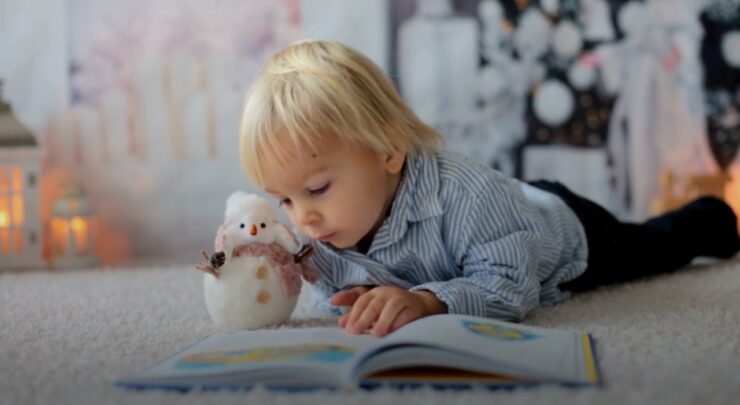
The sheer genius of Montessori furniture lies in its innate ability to promote holistic growth. It’s more than just furniture; it’s a medium for self-discovery.
As children interact with these pieces, they aren’t merely using an object; they are engaging with tools that mirror their growth and self-reliance.
Why Montessori Furniture Matters

Respect for Individuality:
The customizable nature of Montessori furniture, such as height-adjustable tables and extendable beds, acknowledges that each child is on their unique developmental journey. These features respect their individual growth trajectory, providing an environment that molds around them, not the other way around.
Nature’s Embrace:
With Montessori furniture predominantly made from natural materials, children develop a connection with nature from an early age. This fosters a sense of grounding and imparts lessons about sustainability, urging them to respect and care for the environment.
Encouraging Life Skills:
The independence-promoting design of this furniture nudges children towards mastering life skills. Imagine a child serving themselves water from a pitcher placed on a low shelf or reaching for a snack from a pantry tailored to their height. Each interaction is a step towards self-sufficiency.
Empowerment Through Choice:
When children are given choices – be it selecting a book from a reachable shelf or choosing their clothes from an accessible wardrobe – they learn decision-making, preferences, and self-expression.
Incorporating Montessori Beyond the Nursery
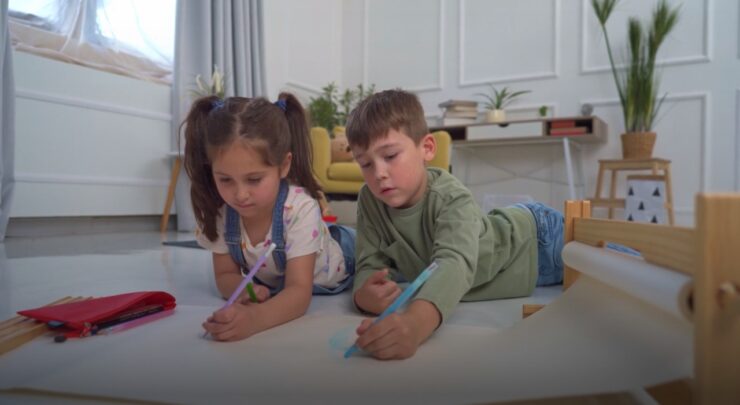
While Montessori nursery furniture lays a robust foundation, it’s beneficial to integrate these principles as children grow. For elementary-age children, a dedicated exploration corner with a microscope, maps, and other tools can ignite curiosity.
Teenagers can benefit from organized workspaces, promoting concentration and focus.
A Wise Investment for the Future
In an age of fleeting trends and momentary fads, Montessori furniture stands out as a timeless investment. It’s not merely about its durable build but the enduring principles it embodies.
When parents invest in Montessori furniture, they’re not just buying items; they’re investing in an ethos, a philosophy that places the child at the heart of their own learning journey.
Final Words
To sum up, Montessori furniture isn’t just about the aesthetics or the design. It’s a holistic approach to childhood, a tangible extension of Dr. Montessori’s vision.
It allows children to engage, explore, and grow in spaces crafted for them, respecting their pace, and celebrating their milestones.
In the grand tapestry of childhood, Montessori furniture threads in lessons of independence, self-respect, and love for the environment, making it a worthy addition to every child-centric space.

